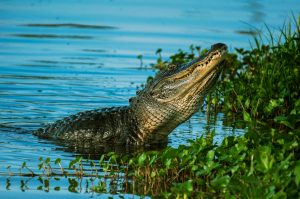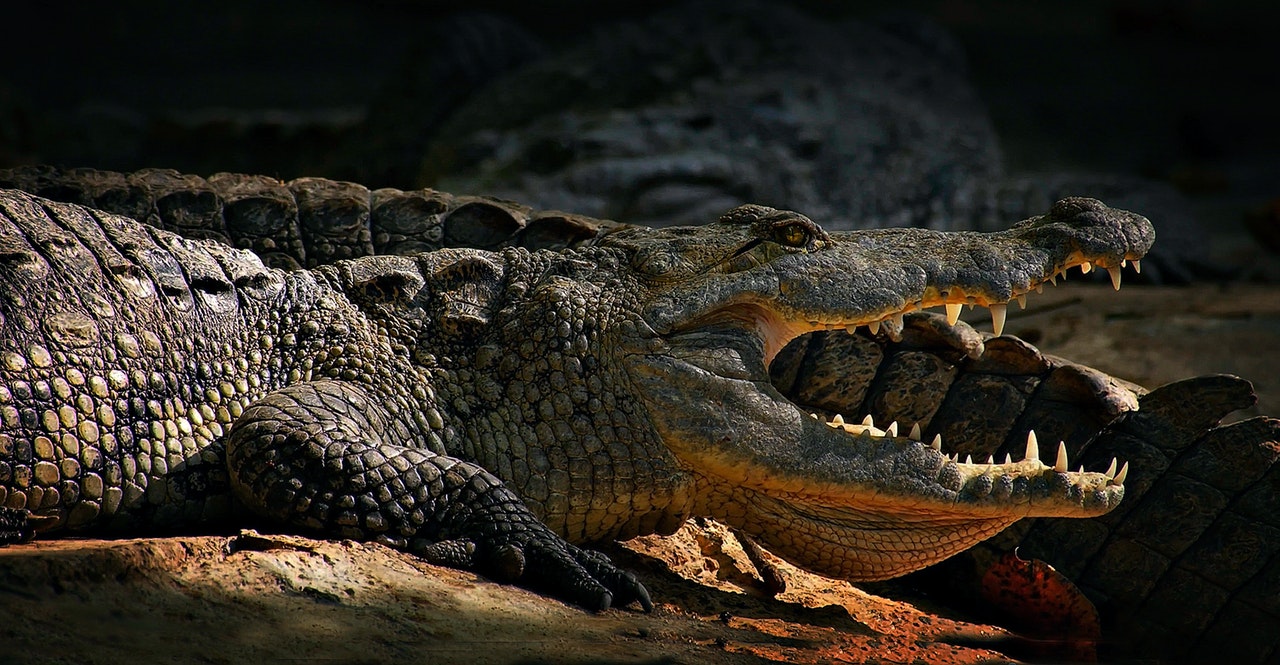 Regarding evolution, recent scientific researches that focus on the stop-go pattern indicate that the crocodiles we know today are relatively which lived alongside dinosaurs in the Cretaceous and Jurassic period – there are almost 200 million, at one time where humans were not yet on the scene.
Regarding evolution, recent scientific researches that focus on the stop-go pattern indicate that the crocodiles we know today are relatively which lived alongside dinosaurs in the Cretaceous and Jurassic period – there are almost 200 million, at one time where humans were not yet on the scene.
And what has changed then? According to scientists at the University of Bristol, England, the difference involves two parameters: size and variety of species – crocodiles were much larger than those that currently exist and, according to fossil records, prehistory encompassed a greater variety in compared to the present.
Based on analysis, it is believed that some of them were giants, the size of some dinosaurs; others were serpentine and, nevertheless, even herbivores – which is quite different now, mainly because of the species diversity, which is very small compared to many other animal species.
The evolution of crocodiles
To find out that there is a certain similarity between crocodiles and their ancestors and the stop-go evolutionary pattern of these reptiles, Max Stockdale, one of the researchers at the University of Bristol, analyzed a learning algorithm – which ultimately determined how well the crocodiles have changed within this span of time.
Relevant measures for the research were animal size, structure change, food intake needs and probability of extinction. After sifting through the results, the researchers found that the crocodiles achieved a body type that was versatile and efficient enough not to require further changes for survival purposes.
Thus, it was determined that crocodiles follow a pattern called ‘punctuated equilibrium’, that is, they evolve quickly only when the environment changes significantly enough to meet a new adaptation process – which explains why these animals have survived to the event that caused the extinction.
Scientists now intend to conduct further research to understand why some species of crocodiles have been lost over time while others remained active.
Living fossils
As experts explain, modern crocodiles are part of the Archosauria lineage, a group that basically involves endothermic pterosaurs, dinosaurs and birds. “The clues to this relationship are found in their anatomy,” explains Roger Seymour, an evolutionary biologist at the University of Adelaide in Australia.
“Since crocodilians have adopted straighter limbs than other reptiles, they have gizzards, a four-chambered heart and a bird-like respiratory system,” there is no doubt that today’s crocodiles are a relic of the cold-blooded reptile transition. for endothermic dinosaurs and birds.
According to Christopher Brochu, a paleontologist at the University of Iowa, the same characteristics cited above suggest not only that animals “moved more quickly than their living relatives – which implies a slightly higher metabolic rate and possibly a position in the more distant spectrum. of cold-blooded lineage than modern crocodilians – as well as returned to water during the Mesozoic Era .
“This transition from active land animals to semi-aquatic predators is probably the reason why modern crocodiles have developed a lifestyle that is more cold-blooded,” reveals a publication by the Gauchazh portal.
